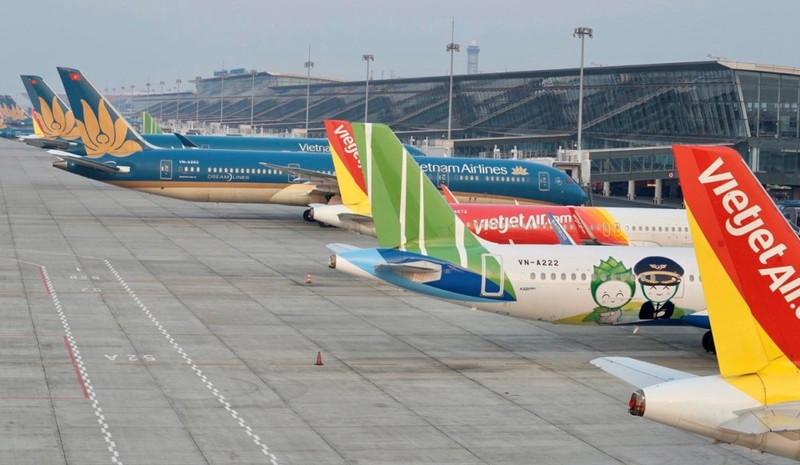He made the remark at an international seminar titled “Vietnam aviation in a post-pandemic world” organised by Tap chi Cong San (Communist Review) and the Ministry of Transport.
There were 42 million international visitors out of 116 million air passengers in Vietnam in 2019, before the pandemic broke out. About half of them came to Vietnam to invest and seek business opportunities.
The volume of goods shipped by air reached 1.5 million tonnes in 2019, which was rather low compared to other modes of transport but accounted for 25 percent of the value of exported goods.
With a growth rate of over 15 percent per year in the 2010-2019 period, Vietnam's aviation market is considered to be the fifth fastest-growing market in the world and the fastest in Southeast Asia.
Due to the impacts of the COVID-19 pandemic, the aviation industry was severely affected in 2020 and 2021 as domestic airlines stopped international flights, which account for an average of 60 percent of their capacity, while the domestic market has also suffered a serious decline.
Nawal Taneja, a senior adviser, said Vietnam can consider enhancing investment in human resource development, and upgrading infrastructure to increase productivity.
He also suggested expanding the national airline’s network and flight frequency as well as promoting trade exchange with strategic partners.
Professor Tran Tho Dat from the National Economics University emphasised that it is necessary for the State Bank of Vietnam to accelerate credit support for businesses to allow the aviation industry to recover.
He also mentioned the need to consider reducing expenditure to lessen the negative impacts of rising petrol prices through the adjustment of the import tax on fuel, and removing the ceiling cap on air ticket, among others.
Participants at the seminar recommended continuing to invest in building, expanding and harmonising aviation industry and systems infrastructure.
The application of advanced science and technology in the state management of the aviation sector should be strengthened along with building a strategy to train and develop human resources for the industry, they said.
















